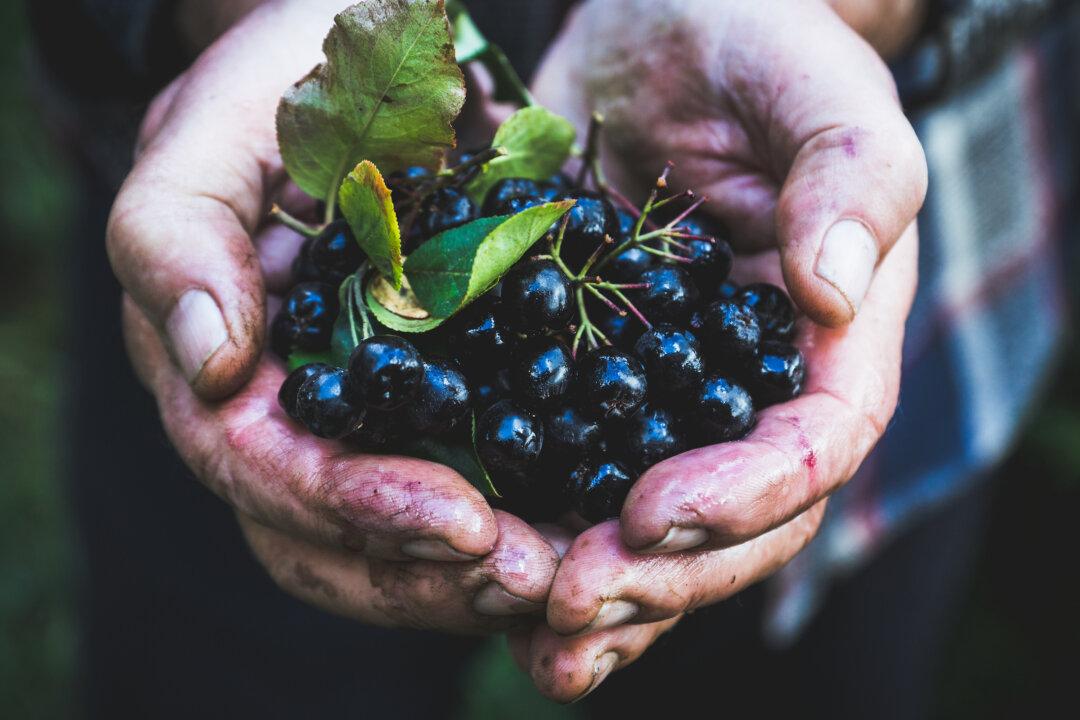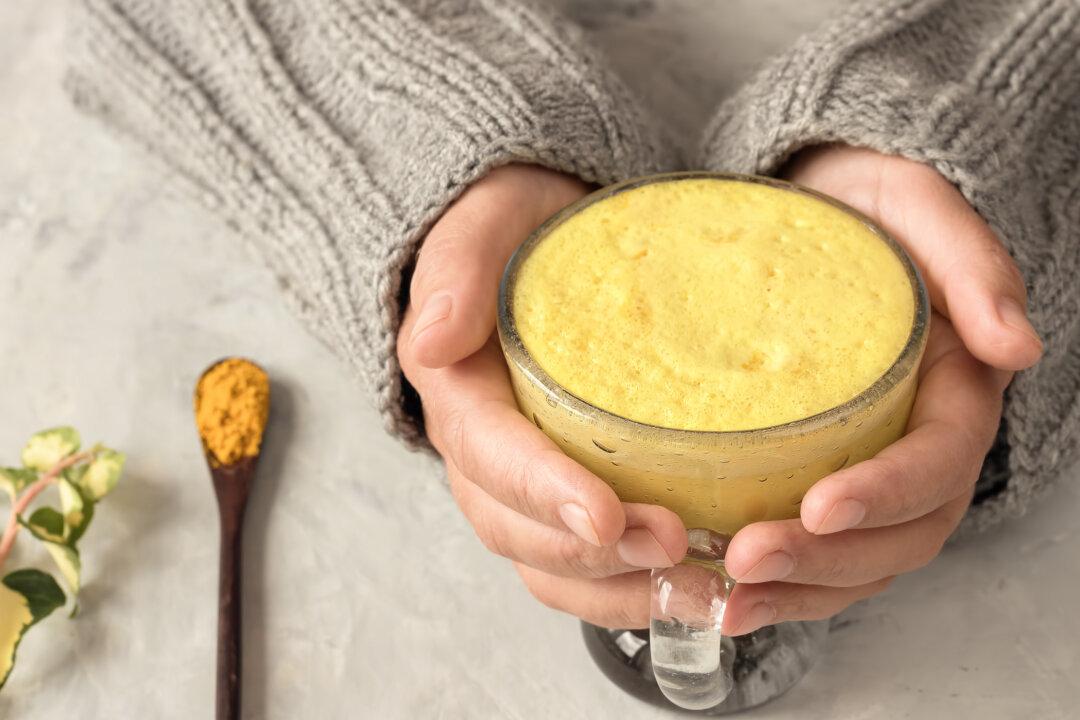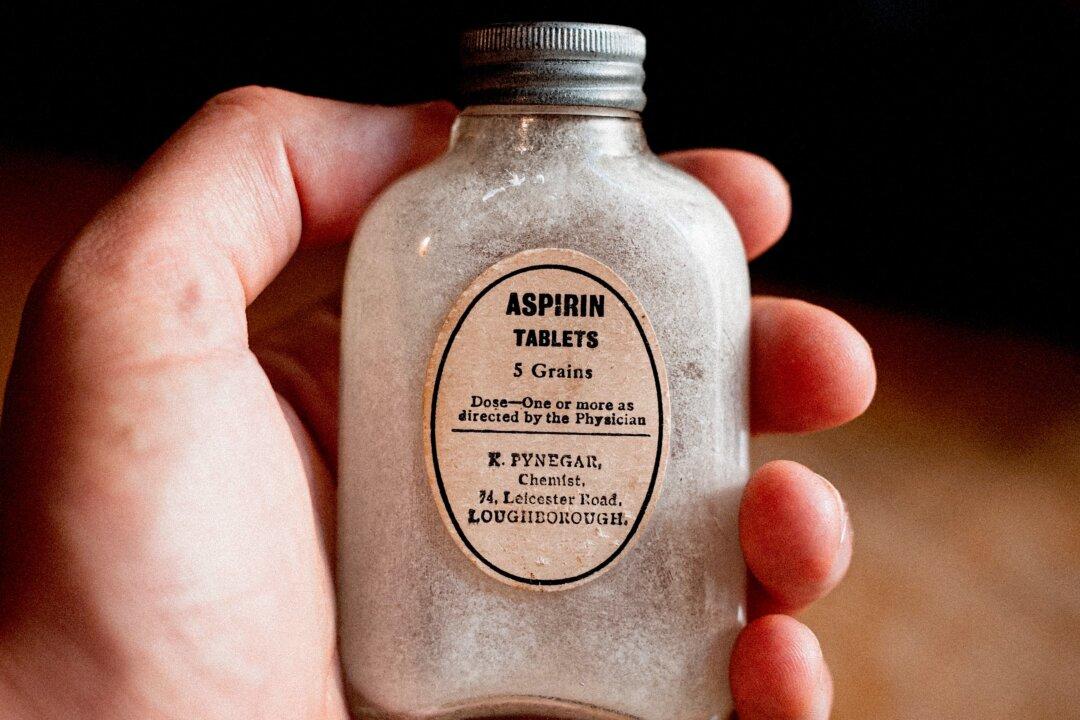If you grew up eating yogurt, sauerkraut, miso, kimchi, or similar fermented foods, you’ve done your body a seriously good favor without even realizing it. And if you weren’t so fortunate to have these foods as part of your standard diet, it’s not too late to start! These naturally fermented foods have long been enjoyed in cultures around the world and are true heroes in the fight against cancer.
Our ancestors often preserved fresh vegetables by fermenting them so that they could be enjoyed in the out-of-season months. But what may have been done as merely a method of food preservation has also proven to be highly effective in preserving our long-term health.






